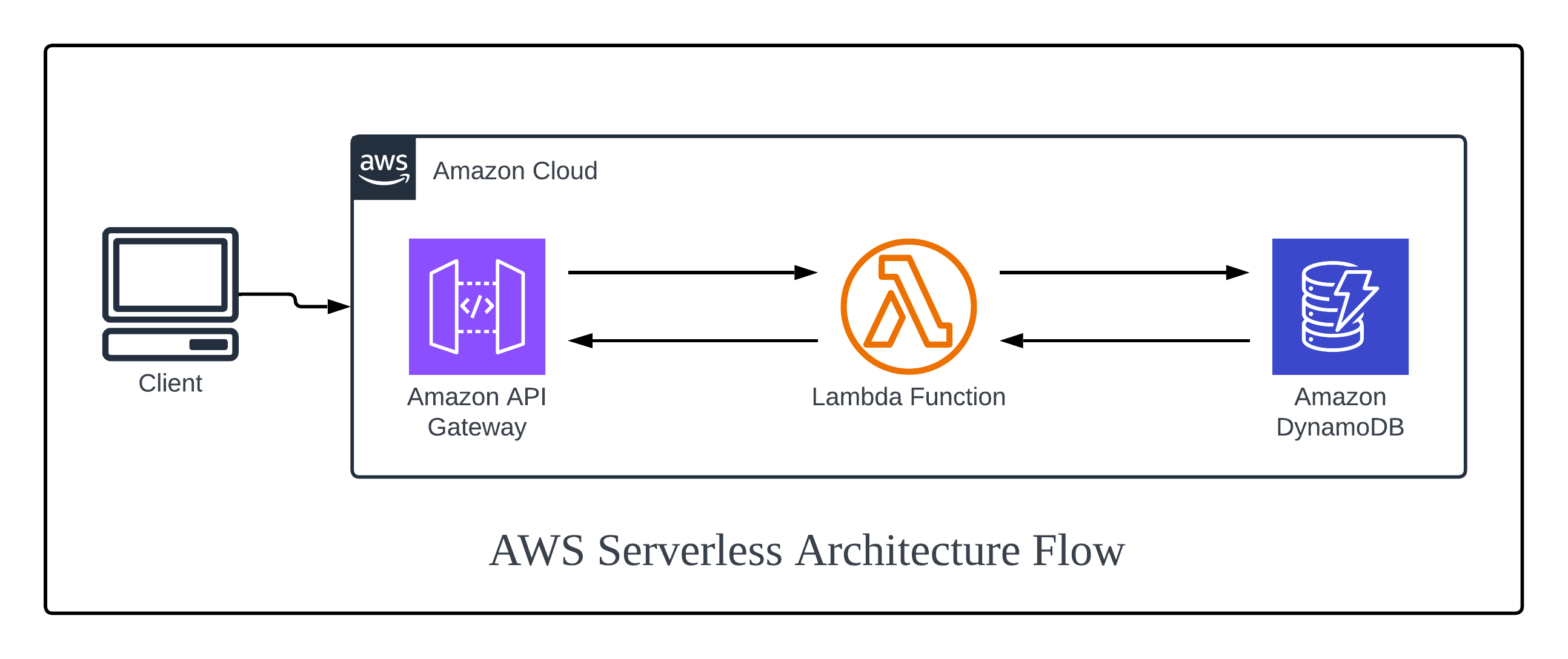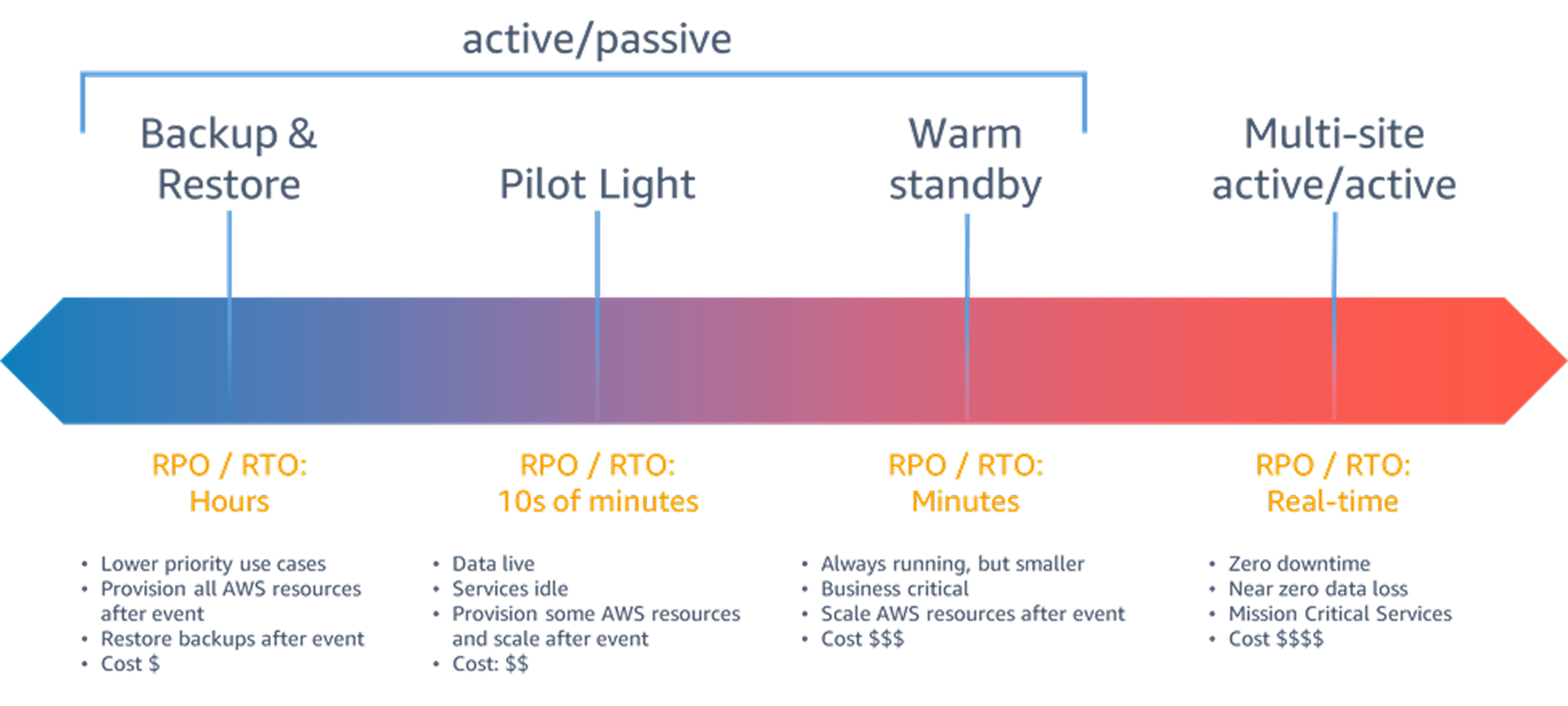AWS: Why Serverless Architecture is the Future?
Posted On: July 2, 2025 | 2 min read
The way we build and scale applications is rapidly evolving, and serverless architecture is at the center of this shift. AWS Lambda, API Gateway, DynamoDB, and S3 are transforming how developers think about infrastructure and scalability. But why is serverless gaining so much attention, and why do many believe it’s the future?
What is Serverless Architecture?:
Serverless doesn’t mean there are no servers—it means developers don’t have to manage them. AWS handles infrastructure, scaling, and maintenance, so you can focus on writing code and delivering features.

Figure: AWS Serverless Architecture Flow
Why Serverless is Changing the Game:
-
Cost Efficiency:
Pay only for what you use. Traditional servers often sit idle but still cost money, while serverless functions only incur charges when executed.
-
Scalability by Default:
Serverless platforms scale automatically based on demand, so you never have to worry about provisioning extra servers during traffic spikes.
-
Faster Development:
Developers focus on business logic instead of managing servers or scaling concerns, leading to shorter release cycles and faster innovation.
-
Built-in Resilience:
Serverless functions run in isolated environments, making systems more resilient to failures compared to monolithic architectures.
When to Use Serverless:
- Event-driven apps: Like real-time data processing or IoT events.
- Microservices: Build small, independent services without managing backend infrastructure.
- Prototyping: Quickly test ideas without long setup times.
Challenges to Consider:
Serverless isn’t perfect. Cold start latency, debugging complexity, and vendor lock-in are some concerns. However, for many workloads, these trade-offs are manageable and often outweighed by the benefits.
Conclusion:
Serverless architecture isn’t just a trend—it’s a practical, cost-effective way to build modern applications. As AWS continues to improve its offerings, serverless will likely become the default choice for a wide range of applications, from startups to enterprise-grade solutions. 🚀



No comments yet. Be the first to comment!